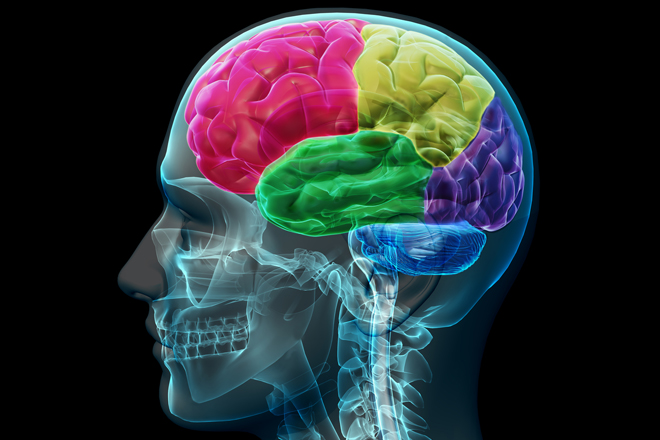Optimizing content not just for the consumer, but for the consumer’s brain
In the age of internet, social media and the rise of interconnected devices, consumers are spending their precious and sought-after time online – something that is driving innovation and creativity among content and web designers. Brands and businesses alike are constantly trying to find new ways to tailor content to consumers’ needs, in order to optimize user experience whilst keeping the reader engaged and interested.
Even though more conventional techniques such as SEO are still as important as ever, a new kind of marketing that has existed for quite a while is finally beginning to get the recognition it deserves – and it goes by the name of neuromarketing. The concept may seem overly scientific, but it’s actually fairly simple to understand. What’s more, marketing analysts are now embracing this relatively untouched domain in order to reach out to consumers and expand their client base.
The three brains within us
Neuromarketing combines several areas of expertise such as marketing and technology, and even neuroscience. To fully grasp what neuromarketing is about, you have to know what parts of the brain are responsible for what jobs. Neuroscientists agree that there are three main parts of the brain. The “old” brain controls basic survival skills (like breathing for example). The “new” brain controls everything from logic, to thoughts and even learning new skills. Finally the “middle” brain is responsible for emotions and memories. Once you know which part of the brain your content should appeal to, neuromarketing becomes that little bit simpler.
So we’ve determined what parts of the brain are responsible for certain actions, thoughts and senses. Now what part of the brain could marketing be associated with? Funnily enough, when it comes down to targeting consumers, encouraging viewer-engagement and selling merchandise, the old or “reptilian brain” is what you need to please. This part of the brain drives our primal instincts and is more powerful than our inner logic center – in other words, consumers are more likely to be driven by impulsivity when it comes down to actually buying something rather than thinking it over logically.
Pleasing our old brain
There are a few factors that you can consider when optimizing your content for the “reptilian” brain. This part of the brain is easily influenced by beginnings and endings. What this means is that your most recent experiences are what you are more likely to remember and associate with certain events. Was the most recent music concert you went to awful? Chances are, your future decisions regarding whether or not to attend future musical events will be influenced by what you last experienced.
Neuromarketing takes advantage of what the viewer will see the first time they access your content or products online. It is therefore imperative that your content is user-friendly, and that the buying process is streamlined and as efficient as possible. This may seem fairly obvious, but a sour experience on your site will drive away consumers that could have otherwise become repeat buyers. The “reptilian” brain, being responsible for our basic instincts, will therefore filter your content based not only on its quality, but also the general layout and how it is presented within your website. Aesthetically, your site needs to be fluid, clear, concise and neat.
Furthermore, the “old” brain responds well to images and visual media. These visual stimuli work towards enabling viewers to better perceive your brand, content and website in general. Thus, being driven by emotions and impulsivity, your content should be equally divided into text and colorful infographics, photos or videos that properly represent and explain your site or products. The “old” brain will then piece together these various parts of visual media and build towards a mental puzzle of your brand. Remember, the “new” brain is associated with logic and thoughts, and therefore comes into play when the consumer is going through the purchasing process – but before getting to that point, the needs of the “old” brain need to be satisfied.
Neuromarketing is certainly an exciting and interesting area of online marketing that is rapidly gaining recognition from various brands across the internet. Websites are constantly updating their content to make for a more pleasurable user experience, with designs and layouts that simplify access to essential elements such as products, related off-site content and social media. Given the aforementioned examples, neuromarketing can be described in simple terms as being the process in which brands and websites appeal to various parts of our brains in order to improve not only sales, but overall consumer experience.
photos by: Allan Ajifo







